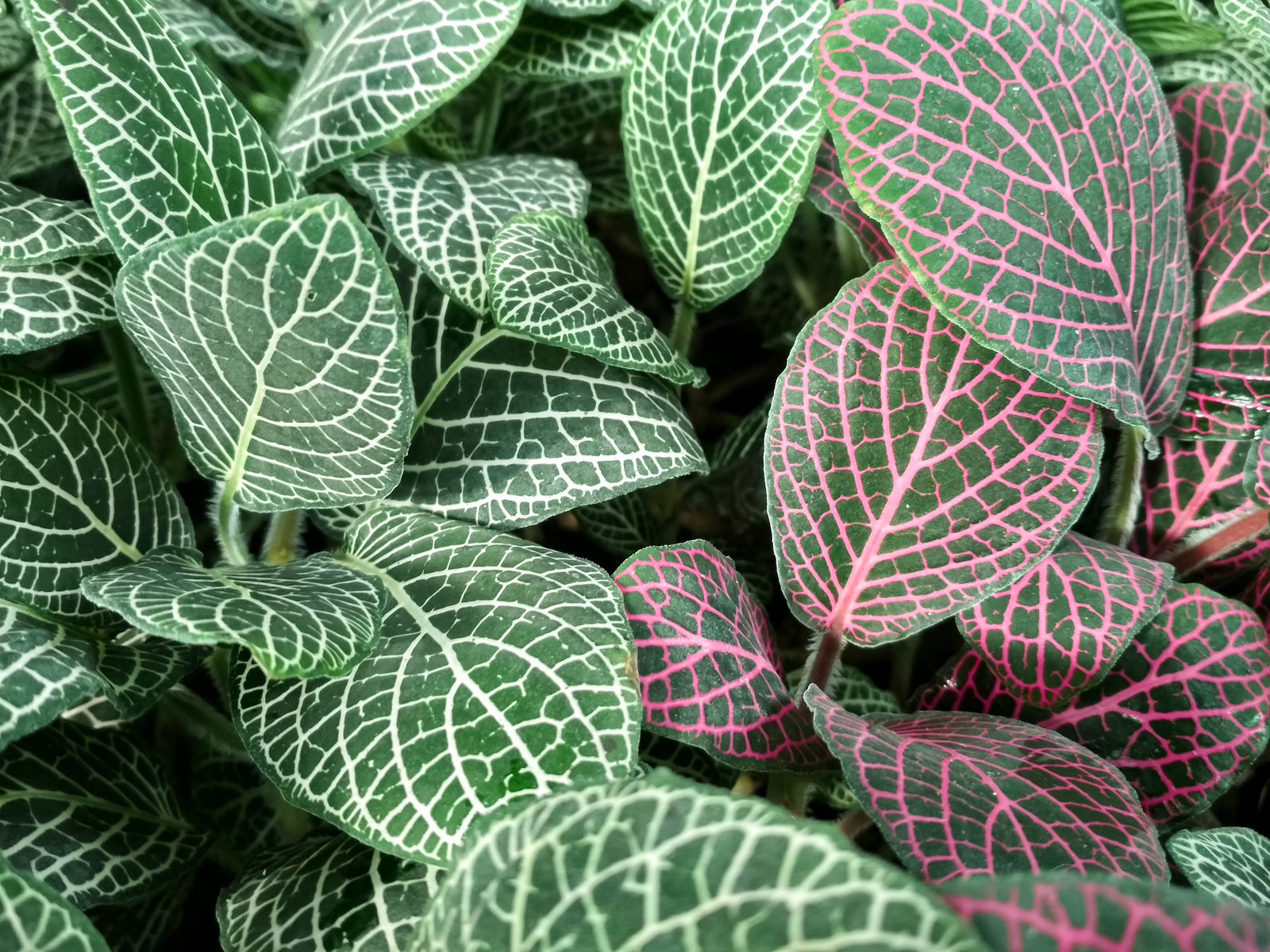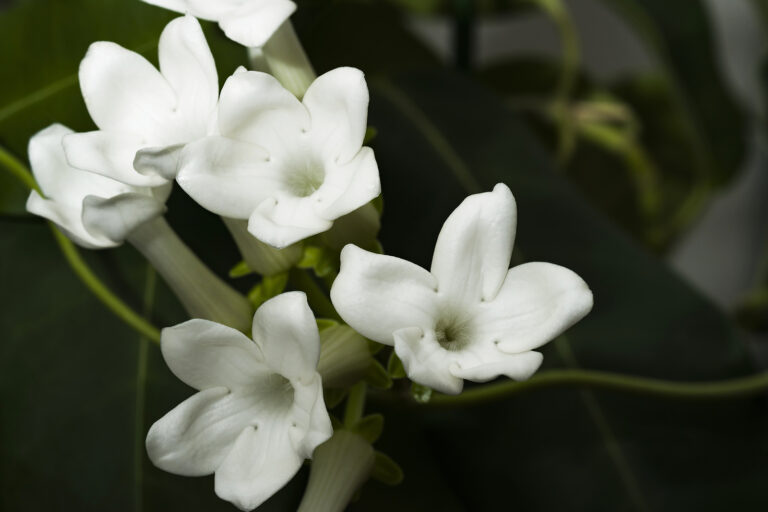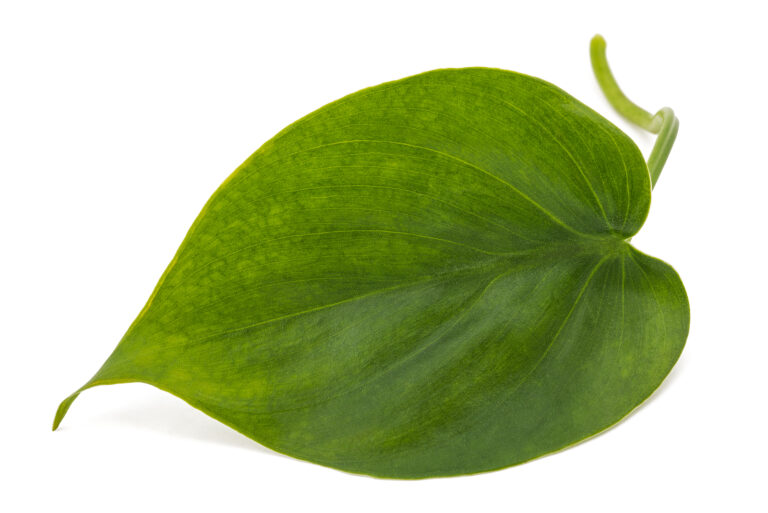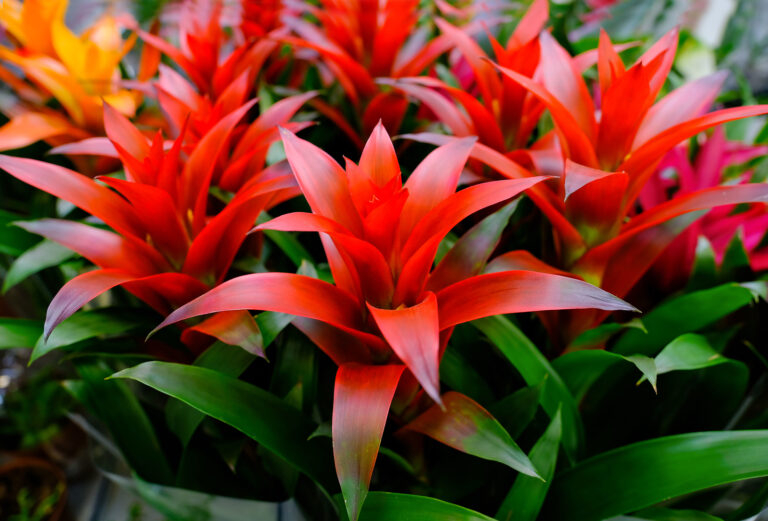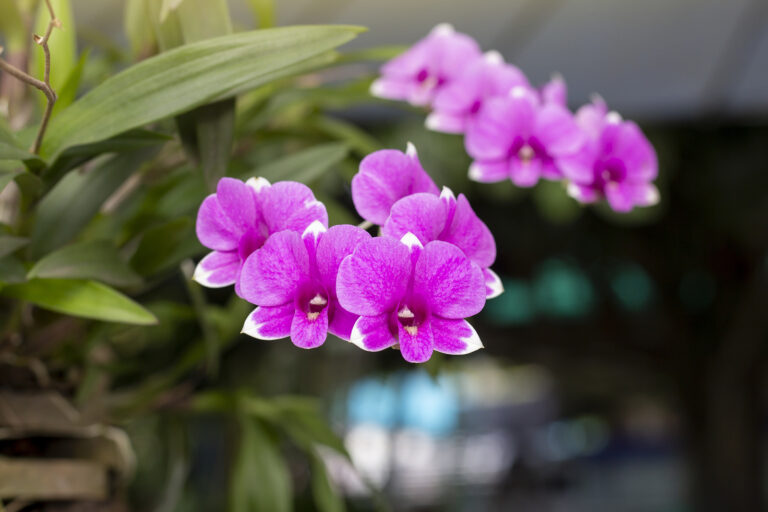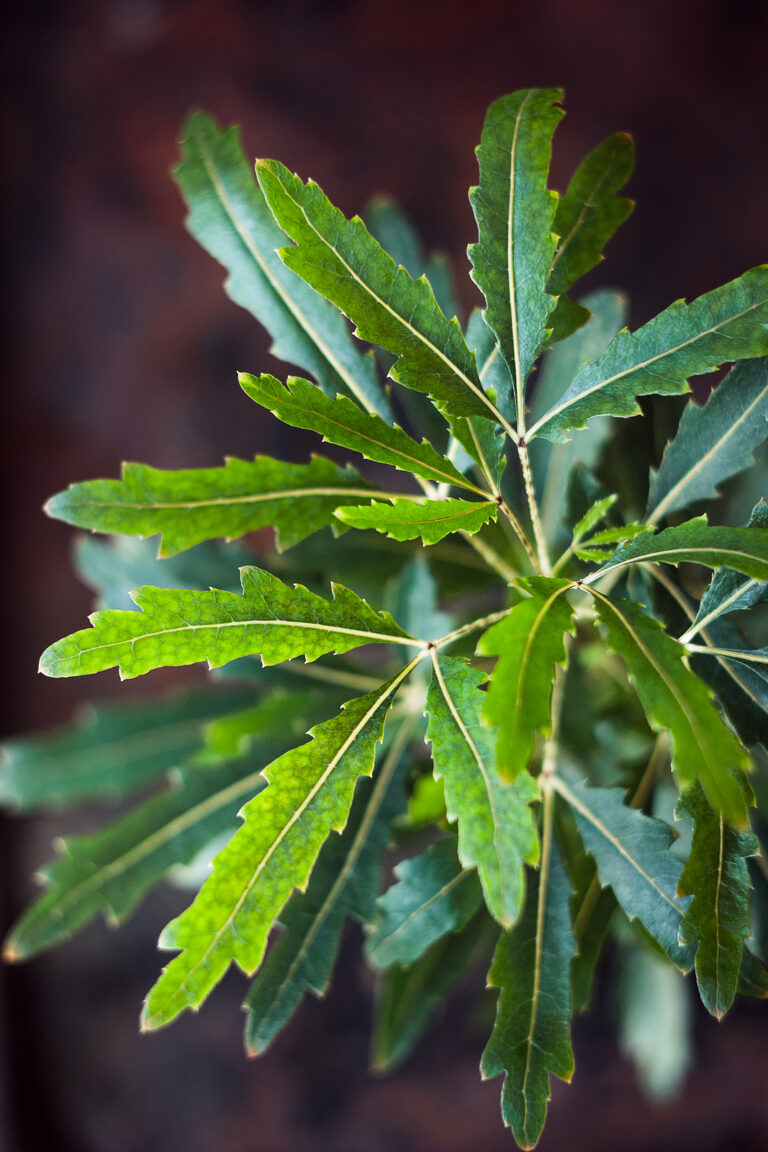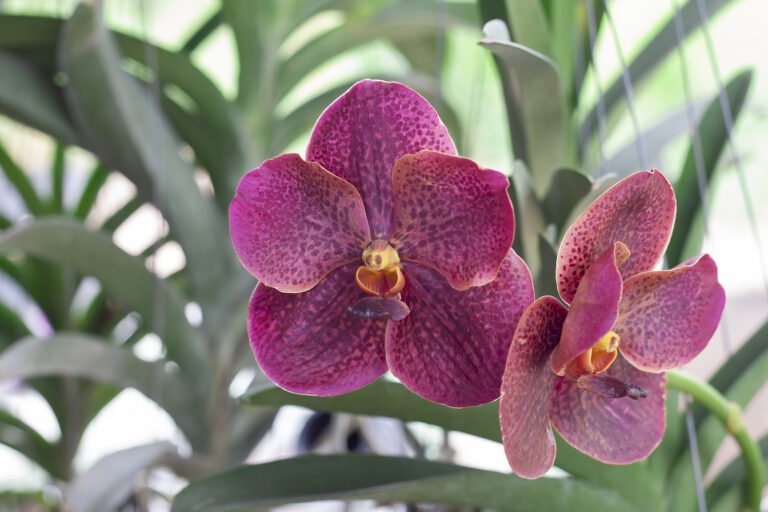How to Grow Nerve Plant — Fittonia
Fittonia–commonly called nerve plant– is also called mosaic plant for its intricate mosaic pattern of prominent veins in shades of red, white, or silver. Fittonia is low-growing and very temperamental with regard to humidity.
Fittonia grows mounded or creeping to about 6 inches (15cm) tall. It is best displayed in a hanging basket. It is also a good choice for terrarium growing. In tropical or subtropical regions, it can be grown as a groundcover in semi-shaded situations.
Fittonia is a genus of 2 species of evergreen perennials. They are freely rooting with mat-forming stems. Fittonia is native to tropical rain forests in South America, mainly Peru.
Get to know Fittonia
- Plant type: Tropical evergreen perennial
- Growing Zones and range: Zones 14-15
- Hardiness: Needs day and night temperatures at least 65°F (18°C)
- Optimal growing temperature: day 70° to 80°F (21°-17°C), night 62° to 68°F (17°-20°C).
- Light: Medium to low light; the direct sun can damage its leaves
- Height and width: 6 inches (15cm) tall and as wide or wider; low-growing creeping and trailing plant
- Foliage: Veined leaves in red, pink, silver, and green
- Flowers: Thin spikes of insignificant white to reddish whte flowers
- Uses: Houseplant, containers, terrariums, groundcover in the garden
- Common name: Fittonia, nerve plant, mosaic plant
- Botanical name: Fittonia verschaffeltii
- Family: Acanthaceae
- Origin: South America, mainly Peru
Where to plant Fittonia
- Grow Fittonia in low light; nerve plant grows well under fluorescent lights.
- Grow Fittonia in African violet mix.
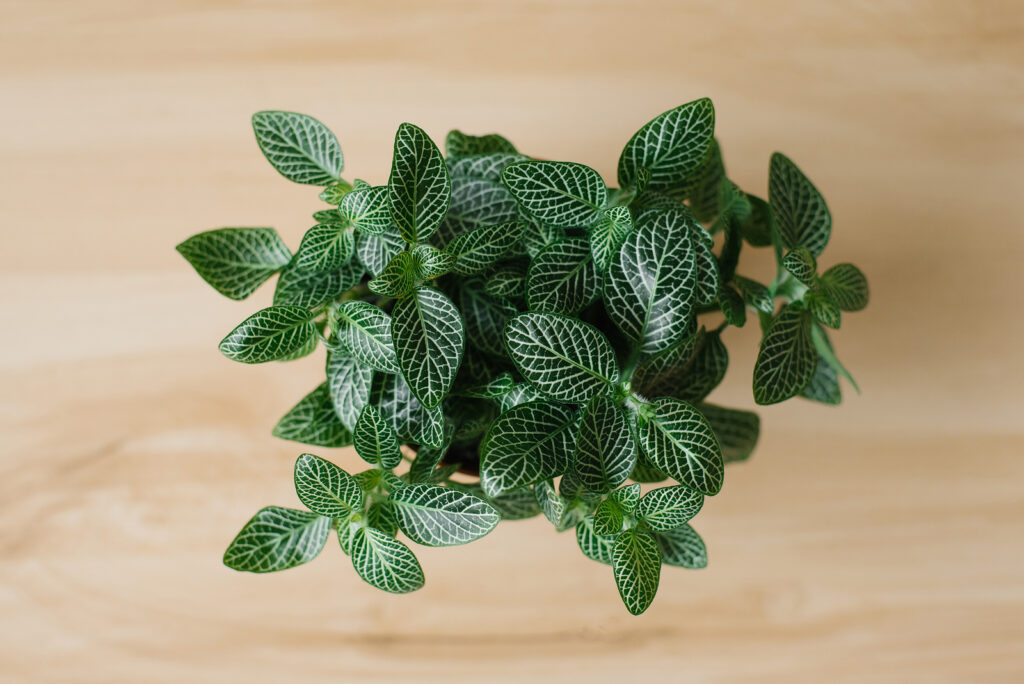
How to water and feed Fittonia
- Keep the soil evenly moist but not soggy.
- High humidity is important to keep the plant from dying. Set the plant on a tray with pebbles and water.
- Fertilize nerve plant monthly with half-strength, all-purpose fertilizer.
Fittonia care
- Pinch growing tips of nerve plant regularly to keep the plant full.
- Discard plants that become scraggly with age.
Growing Fittonia as a houseplant
- Give Fittonia limited to bright light or grow under fluorescent light.
- Provide medium to high humidity and a warm temperature.
- Fittonia is suitable for a terrarium which will keep the humidity high.
- Keep the potting mix moderately moist; allow it to dry only slightly between waterings.
- Fertilize Fittonia regularly throughout the year.
Fittonia pests and diseases
- Fittonia is susceptible to bacterial and fungal leaf spots and root rots.
Fittonia propagation
- Propagate by root stem or tip cuttings in moist sand.
Fittonia varieties to grow
- Fittonia verscafeltii. Creeping perennial with oval to elliptic, olive-green leaves 2 to 4 inches long, with slightly sunken, carmine-red veins; grows to 6 inches tall; var. argyoneura ‘Nana’ is easy to grow.

